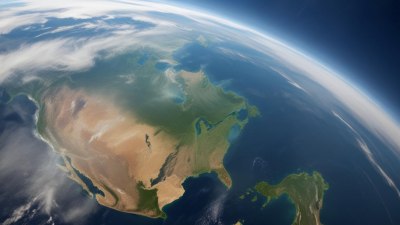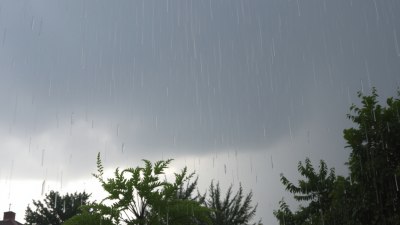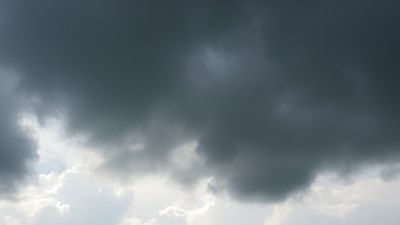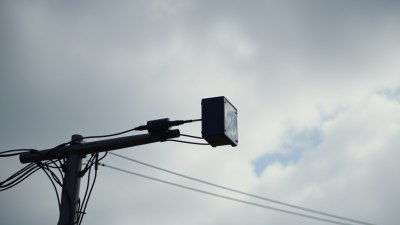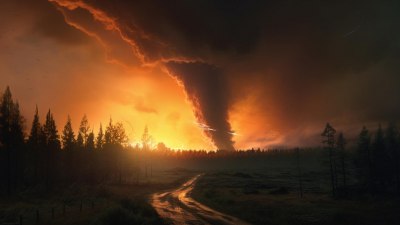Why It Rains More at Night
Explore the science behind nighttime rain patterns and their effects on our environment.
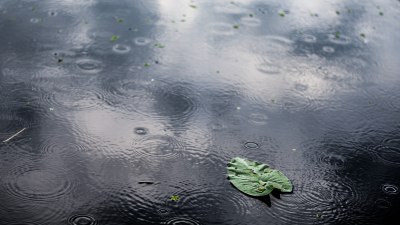
Rain is a natural phenomenon that can occur at any time of the day, but many people notice that it seems to rain more frequently at night. Understanding why this happens involves delving into various atmospheric conditions, geographical factors, and human activities. In this article, we will explore the scientific reasons behind the increased likelihood of nighttime precipitation, the role of temperature and humidity, and how these factors interact to create ideal conditions for rain during the night.
The Science of Rain Formation
Before we can understand why it rains more at night, it's important to know how rain forms. Precipitation occurs when water vapor in the atmosphere condenses into droplets heavy enough to fall to the ground. This process is influenced by numerous factors, including temperature, humidity, air pressure, and wind patterns. During the day, sunlight heats the Earth's surface, causing rapid evaporation of water from lakes, rivers, and oceans. This vapor rises and can lead to cloud formation.
Day vs. Night: Temperature Differences
One key factor that influences rainfall is temperature. During the day, temperatures tend to be higher, promoting convection currents that can lead to thunderstorms in some regions. However, as the sun sets and temperatures drop at night, this can also lead to increased condensation of moisture in the atmosphere. The cooler air can hold less moisture than warmer air, leading to condensation and the formation of clouds, especially in areas with high humidity levels.
Humidity Levels and Atmospheric Conditions
Humidity is crucial for rain formation. At night, the ground cools down, leading to an increase in relative humidity. This can create a perfect setup for rain, especially in regions where there is significant moisture present in the air. If the humidity level exceeds a certain threshold, the likelihood of cloud formation increases, leading to potential precipitation. Coastal areas often experience this phenomenon due to the proximity to large bodies of water, which contribute to higher humidity levels.
Geographical Influences
Geography also plays a vital role in nighttime precipitation patterns. For instance, mountainous regions may experience orographic lift, where moist air is forced upward by the terrain, cooling as it rises and leading to rain formation. If this process occurs at night, it can lead to significant rainfall in these areas while neighboring regions may remain dry. Urban areas can also exhibit unique rainfall patterns due to the urban heat island effect, where built-up surfaces retain heat and influence local weather.
The Role of Wind Patterns
Wind patterns are another contributing factor to nighttime rain. During the night, wind often shifts and can bring in moist air from over oceans or lakes. This rise in humidity can lead to increased chances of rain. For example, when warm, moist air moves into cooler areas, it cools down, causing condensation. This can be particularly noticeable in coastal cities where onshore breezes are common at night.
Seasonal Variations
The time of year also influences rainfall patterns. In many regions, certain seasons, like spring and summer, are associated with increased thunderstorms and rainfall. During these seasons, the temperature differentials between day and night can be more pronounced, enhancing the likelihood of nighttime rain. Moreover, localized weather systems, such as tropical storms or monsoon conditions, can lead to more frequent nighttime rain events.
Urbanization and Human Impact
Urbanization has significantly altered weather patterns in many areas, with cities often experiencing more rainfall than surrounding rural regions. The heat generated from buildings and vehicles can create localized weather systems that enhance cloud formation and precipitation. This human impact means that as cities grow, they can affect when and where rain occurs, potentially leading to more rainfall during the night due to the changes in temperature and humidity levels caused by human activity.
Case Studies: Areas with Prominent Nighttime Rain
Some regions around the world are well-known for their nighttime rainfall. One such area is the Amazon rainforest, which tends to experience a significant amount of rain in the evenings. The combination of high humidity levels, warm temperatures during the day, and cooler nights creates a dynamic environment conducive to rain formation. Similarly, coastal regions like Florida see afternoon thunderstorms cool down at night, leading to rain. Understanding these localized patterns helps meteorologists predict rainfall more accurately.
Implications of Nighttime Rain
Nighttime rain has numerous implications for the environment, agriculture, and urban planning. For agriculture, nighttime rain can be beneficial as it reduces evaporation losses, ensuring more water availability for crops. However, excessive nighttime rain can lead to flooding, which poses risks to both urban and rural areas. Cities must develop infrastructure that can manage stormwater effectively to mitigate these risks, especially as climate change continues to influence weather patterns globally.
In conclusion, the phenomenon of increased rainfall at night is the result of complex interactions between temperature, humidity, geographic influences, and human activities. Understanding these factors not only helps us to appreciate the intricacies of our weather systems but also informs us about effective ways to manage water resources and predict weather events. By studying these relationships more closely, we can better prepare for the rain, no matter when it falls.



